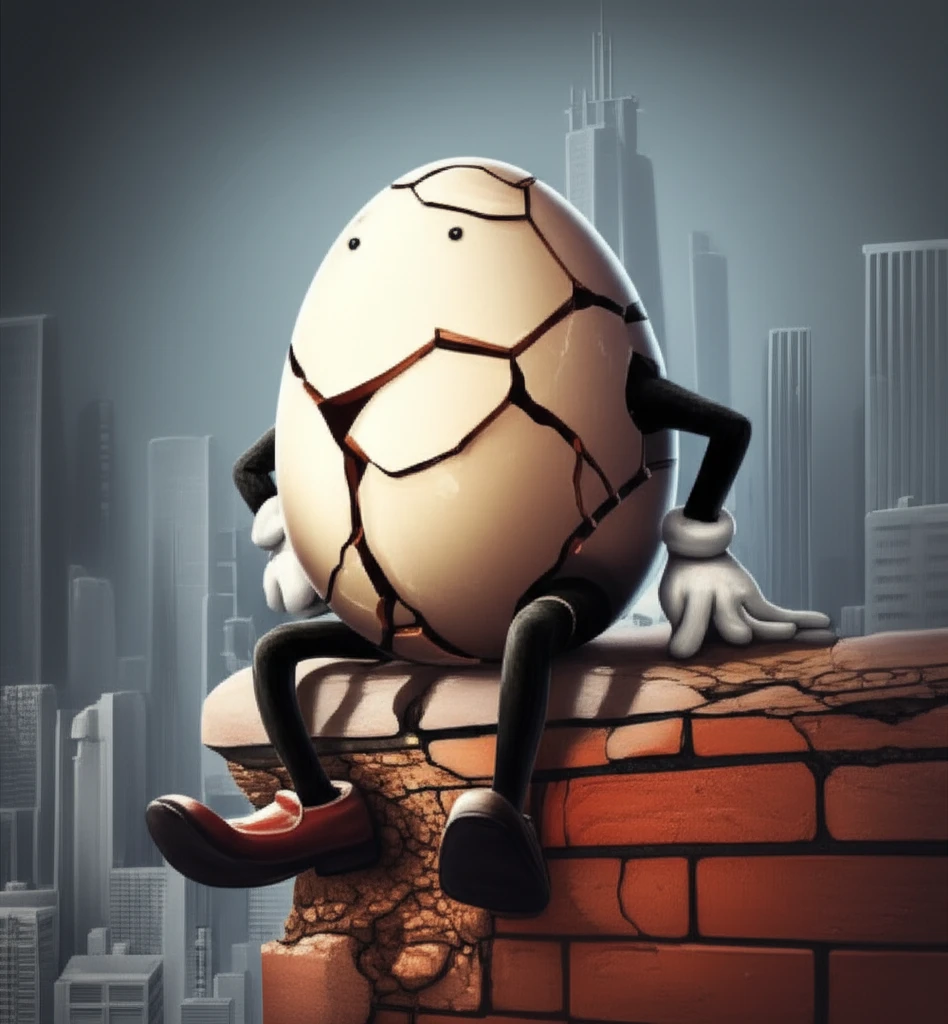
Decoding Our Cultural Stories: Why Understanding "Humpty Dumpty" Still Matters
"Dive into the layers of Paul Auster's exploration of language and societal change, revealing how classic tales continue to shape our understanding of today's world."
In a world that often feels like it's teetering on the edge, with words twisted and meanings blurred, it's worth asking: What can we learn from a nursery rhyme? "Humpty Dumpty," that classic tale of a fallen egg, might seem like a simple children's story, but it's a surprisingly powerful metaphor for understanding language, power, and societal change. It's not just about an egg that couldn't be put back together again; it's about how we create, interpret, and sometimes fail to communicate in a world filled with complex ideas.
Sylvia Söderlind's analysis, "Humpty Dumpty in New York: Language and Regime Change in Paul Auster's City of Glass," digs deep into these themes. She uses Paul Auster's novel as a starting point to explore how this seemingly innocent rhyme has influenced literature, philosophy, and our broader understanding of the world.
So, whether you're a literature lover, a language enthusiast, or someone simply trying to make sense of the world, join us as we break down the enduring relevance of "Humpty Dumpty" and how it continues to resonate in our culture.
Why "Humpty Dumpty" is More Than Just a Nursery Rhyme

We all know the rhyme: Humpty Dumpty sat on a wall, Humpty Dumpty had a great fall… But have you ever stopped to think about what it really means? Beyond the simple story of an egg that breaks, lies a tale about language, interpretation, and the limits of power. Lewis Carroll, in Through the Looking-Glass, transformed Humpty Dumpty into a philosopher of language, sparking centuries of debate about meaning and communication.
- The Fall: The irreversible nature of Humpty Dumpty's fall symbolizes the challenges in restoring broken systems or lost meanings.
- Interpretation: The rhyme opens itself to multiple interpretations, highlighting the subjective nature of understanding.
- Language and Power: Carroll's Humpty Dumpty asserts control over the meaning of words, sparking questions about who has the authority to define reality.
The Enduring Echo of an Egg
So, what’s the takeaway? "Humpty Dumpty," whether in its original form or through Auster’s lens, serves as a constant reminder of the ever-shifting nature of language and the regimes it constructs. In a world grappling with misinformation, political polarization, and the constant evolution of communication, understanding the nuances of how we interpret and use language is more critical than ever. This fallen egg continues to offer valuable lessons about the fragility of meaning, the importance of context, and the ongoing quest to make sense of a world that often feels like it's been dropped and shattered.
